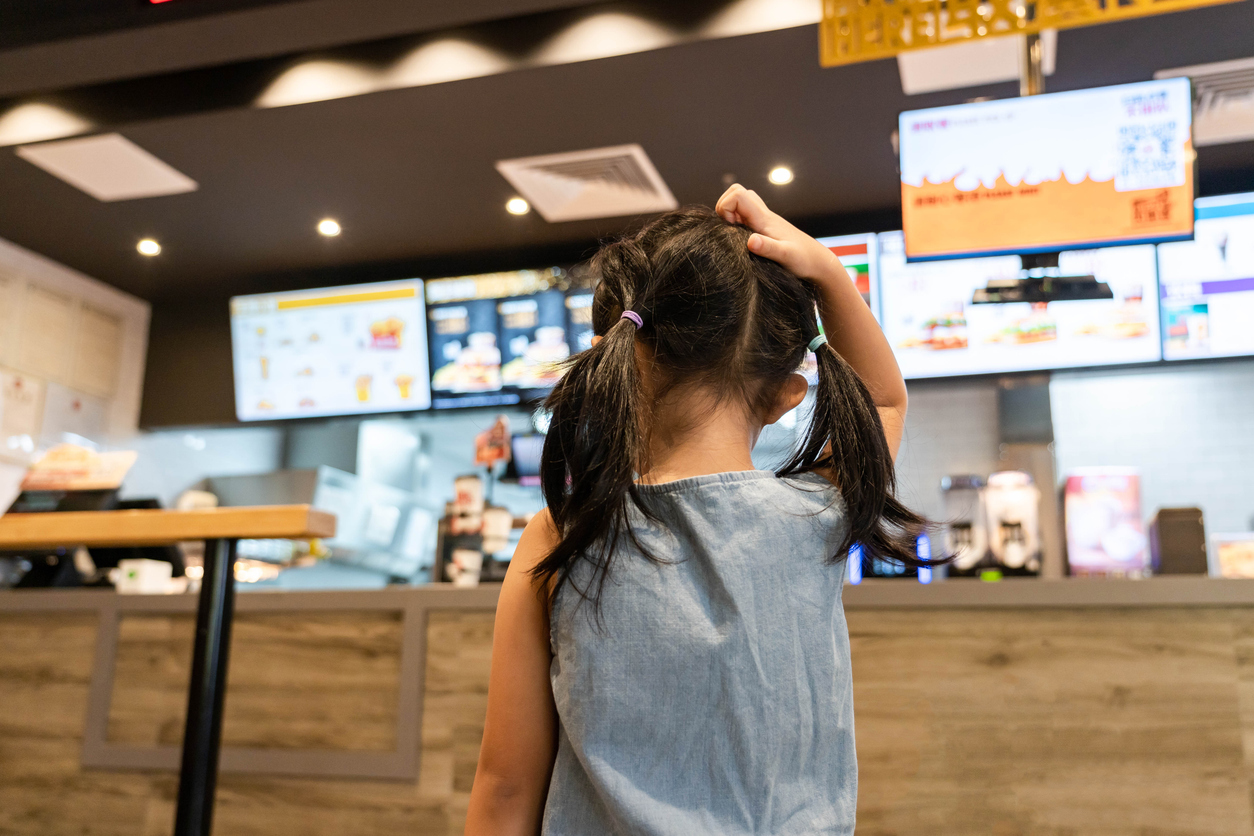Staffing management strategies mean carefully selecting, assigning, and arranging people in a restaurant's workforce to minimize costs without hurting the customer experience. While traditional staffing simply employs a fixed number of people and hires only when there is an urgent need, smart staffing delivers better outcomes by allocating the appropriate number of staff at the precise time to benefit restaurant service speed and profitability.
The use of smart staffing solutions help restaurants prevent situations where they have too many people during slower periods or are understaffed during busy periods. Continue reading to learn how smart staffing solutions are vital for restaurant businesses.
Key Features Of Smart Staffing Solutions
Modern approaches to staffing include real-time performance tracking of employees, automatic job scheduling and assignment, communication tools, efficient data analysis, employee self-scheduling, and access through mobile devices. Such features all help identify the right personnel for each scenario based on data.
Real-Time Monitoring Of Staff Performance
Having the ability to monitor restaurant employee attendance, punctuality, and performance allows brands to quickly spot team members who are underperforming so they can take action. This proactive approach ensures the customer experience is always as good as possible.
Automated Task Management
This work automation entails assignment of tasks with reference to available employee time and skills needed in their accomplishment. It reduces the amount of time needed to schedule by removing human limitations such as interferences and fatigue. This means that while restaurant managers can efficiently spend their time on more strategic work, all core activities are properly distributed and complete, making the daily processes run more easily.
Communication Tools
A messaging system, reminders, and updates are thus some of the communication tools that go into a smart staffing solution. These tools assist the restaurant teams in a way that one cannot cover everything during handovers or changes of shifts or any information as it gets to all the required parties on time. It makes it possible for the staff to be informed of nearly everything and eliminates instances of mistakes in communication, in essence making communication more efficient and well-coordinated for the proper functioning of the sector/organization.
Data Analytics And Reporting
Staffing data analytics and restaurant performance will enable managers to make the right decisions concerning staffing and training. It lets them prepare when there is a lot of business so the customers are attended to adequately. And if some employees have difficulties in some fields, managers can help them make corrections. Such an approach is thoughtful, ensuring that equally hard-working teams and satisfied customers will result.
Employee Self-Service Options
Offer the staff basic links to time-off forms, schedules, and other useful data, and then the staff takes the wheel. Instead of constantly questioning managers over leave of absence, they themselves put in the applications. That, of course, brings good morale, which is a necessity that allows great talent to stick around. Managers pay absolute priority to the team and contributing to it rather than paperwork. They simply believe that workers feel that their needs are of paramount importance. That’s empowerment using brains and courtesy, if you will.
Mobile Accessibility
Managing a restaurant business is not an individual affair. Since everyone is running around to take orders, prepare the food, bus tables, clean, and the like, organization is key. Mobile technology does it better—employees can get their work schedules, submit a vacation request, or choose a shift swap right from their smartphones. Managers receive notifications regarding low supplies or damage to some pieces of equipment. They can email messages and disseminate announcements or address problems without returning back to the office. In this case, the staff receives information and is always informed, while problems are solved more quickly. In essence, such apps facilitate teamwork and improve our guests’ experience for the sake of our overstressed personnel. It takes the whole team, concretely united yet separated by technology on the go, to make it work.
How Do Smart Staffing Solutions Work?
The development of new and innovative solutions has not stood still, and every day, new ways are being found for restaurants to work more effectively. It is now even possible to instantly monitor sales and staff requirements on cloud-based or POS systems to adapt to alterations in demand.
Nevertheless, the role of data and analytics is well defined, and to the extent it is properly applied, it can support managers in improving decisions about the distribution of labor. The principle here should be to enhance human decision-making, not to supplant it. Managers understand their restaurants and their employees in the best way possible.
Besides that, each restaurant has its own unique culture and requirements. The world didn’t get digitized simultaneously, so there is no one-size-fits-all technology. However, the latest restaurant operations systems might prove to be low-intrusive and provide useful inputs to managers who prefer quantitative support in decisions rather than distorting their well-earned gut feelings.
Popular POS Systems With Staff Management Features
There are several popular POS systems that entail staff management features, including Toast, Clover, Square, and more. These softwares bring efficiency and promote flexibility during the execution of the tasks.
Toast
Toast’sstaff management system enables the managers to schedule employees, track the labor, and, most importantly, monitor the performance. Making changes to aggregated and individual schedules so that staff levels remain reasonable is straightforward. Toast can assist owners with the opportunity to manage operations effectively and increase employee satisfaction odds via hands-on features.
Clover
Clover is a flexible point of saleThat includes tools like time card tracking, payroll integration, and shift scheduling, making it easy to manage employees. Clover allows managers access to a mobile app, and review schedules quickly.
Square
Square is one of the payment systems and points of sale, and many restaurants accept it. It provides some helpful features, such as shifts and employees, to assist the managers in monitoring employees’ working time. Square enables owners to analyze the performance of their sales together with the productivity of their employees, allowing owners to understand how their businesses are financially and functionally. This gives an opportunity to manage people, especially staff, while at the same time doing financial analysis.
Revel
With a point-of-sale system from us, a restaurant business or a store business is complete. By employing its smart schedule and performance options, managers can also forecast which particular employees should be hired, who they should hire, and when to hire them. Administrative control is also achieved through access permission granted to employees, ensuring the firm’s secure performance in its everyday activities. More briefly, the Revel platform is designed to assist managers in achieving more efficient staffing while ensuring that all information is kept secure.
Truffle POS
The main areas in which Truffle POS provides necessary solutions for restaurants include scheduling and communication of employees and performance tracking. Truffle, for instance, could potentially allow managers to better staff and optimize processes by linking staff databases to the inventory and sales data. The system is designed to give owners the means for scheduling based on real sales, report changes, and monitor the efficiency of the teammates. That is why, with their tailored solution, Truffle aims to garner the restaurant’s adherence to delivering a quality service through strategically assessing its workforce needs.
Tips For Implementing Smart Solutions For Staff Management
As a restaurant owner, you can consider various approaches, such as assessing current staffing needs, selecting the right software, involving the team in the process, and exploring other strategic options.
Assess Your Current Staffing Needs
To be precise, the restaurant managers should only carry out an initial evaluation of the effective positions. This makes work formidable through factors such as the breakdown of the workforce, the role definition, and how shifts are served. Managers need to be knowledgeable of each worker’s assignment and how he or she plays a role in the process. This is because evaluating the performance of staff and determining areas of difficulty assist managers in developing an efficient technique for organizing staffing. Evaluation helps in determining that the right number of employees are on the right shift so that productivity is achieved at maximum capacity.
Choose The Right Software
Selecting the right software is vital in order to address the requirements of the everyday functioning of a restaurant. Managers should pick the one that all their staff will find easy to interact with through regular use. The software needs to be versatile, given the growth of the restaurant and its operations. Moreover, it should also be compatible with the firms' and companies' POS and payroll systems. It also simplifies work, and management may be of use in the continued smooth operation of several departments, where selection of an appropriate system lifts productivity.
Involve Your Team In The Process
When you engage your team in decision-making, this will increase the enthusiasm and motivation of the employees. Subordinates should have their input when organizing new systems since they understand the day-to-day operations of the organization. These involvements will promote the acceptance of new technologies and minimize resistance. If the staff sees that they are included in the process, they will embrace the changes that come from these intelligent methods of staffing, thus creating a happier environment in the office.
Provide Comprehensive Training
In addition, when new smart staffing solutions are introduced, employee training should be comprehensive. Through training your team to the highest level, you are able to build confidence in all of them as they utilize the system fully. Effective training decreases frustration levels, improves the effectiveness of transition, and accelerates the process. Seasoned workers should easily be trained on the new system, and this means that work is efficiently carried out, hence enhancing staff productivity. Training also leads to fewer mistakes, therefore making the general customer service better, which in return makes the business better.
Utilize Data Analytics For Continuous Improvement
Leveraging data to determine smart staffing solutions conveys increased efficiencies to restaurant managers. Analytical data gives an organization information about the behavior of the workers, their productivity, and other factors such as scheduling adequacy, as well as the demand for services. Thus, it is possible to use this data and make the proper decisions, adjust staff properly, and make the performance level higher. They also give an understanding of other processes that may require training or some resources to prevent inefficiencies that could slow down the restaurant over time.
Streamline Staffing With Checkmate’s Online Ordering Solutions
Checkmate’s online ordering technology is the perfect complement to any staffing solution, empowering restaurants to operate more efficiently and effectively. By automating routine tasks like order management and delivery coordination, we allow your team to focus on providing exceptional service where it matters most—enhancing the customer experience.
Whether you’re looking to reduce labor costs, improve order accuracy, or meet growing demand, Checkmate’s solutions are designed to streamline operations and maximize productivity. Connect with our platform today to transform your restaurant’s effectiveness!

.jpg)



